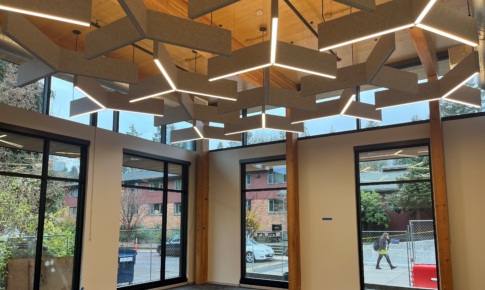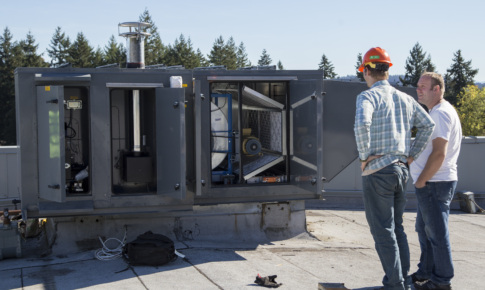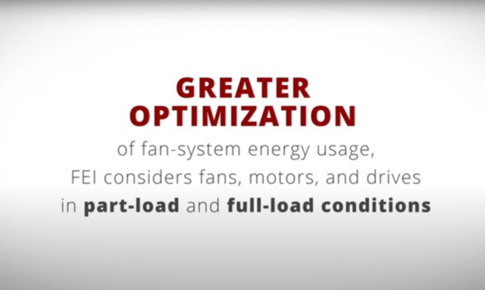Video: New-School HVAC Approach Improves Comfort and Air Quality for K-12 Students
When a 25-year-old HVAC system increased energy costs and negatively impacted the learning environment for students and teachers, the administrators at Monument School in Monument, Ore., sought a healthier and more efficient solution. Hear from school and utility staff members on how the very high efficiency DOAS approach to HVAC design dramatically reduced the rural K-12 school’s monthly energy costs, significantly improved their air quality, reduced viral spread, and provided a far more comfortable and productive learning environment.
learn moreIFMA Seattle Lunch & Learn: Proven Technologies and Approaches for Healthy, Efficient Buildings
This session will introduce building-industry decisionmakers to several energy-efficient technologies applicable to retrofits and new construction, with an emphasis on approaches to upgrading existing buildings to meet current and emerging building performance standards, such as the Washington State Clean Building Standard.
learn moreIFMA Seattle Lunch & Learn: Proven Technologies and Approaches for Healthy, Efficient Buildings
This session will introduce building-industry decisionmakers to several energy-efficient technologies applicable to retrofits and new construction, with an emphasis on approaches to upgrading existing buildings to meet current and emerging building performance standards, such as the Washington State Clean Building Standard.
learn moreLewis & Clark Student Center Blazes New Trail to HVAC Efficiency
When it came time to renovate the Stephanie Fowler Student Center, the administrators at Lewis & Clark College in Portland, Ore., placed sustainability front and center. Designed to be the “heart of the campus” according to Lewis & Clark president Robin Holmes-Sullivan, the renovation designs included the most efficient HVAC system available to provide optimal thermal comfort for the newly constructed third floor of the building, a 6,370 sq. ft. multipurpose area that includes a conference room, two meeting rooms, and a technology classroom.
learn moreDelivering High Performance Using Very High Efficiency DOAS Systems
With the ever-increasing environmental impacts of local pollution, extreme weather events and wildfires, there is a necessity for resilient, flexible, and extremely efficient HVAC systems. A very high efficiency (VHE) approach to DOAS maximizes energy efficiency by decoupling ventilation air from comfort conditioning, including air-to-air heat recovery, right-sizing of a high efficiency heating and cooling system and minimizing fan power.
learn moreIFMA Seattle Lunch & Learn: Proven Technologies and Approaches for Healthy, Efficient Buildings
This session will introduce building-industry decisionmakers to several energy-efficient technologies applicable to retrofits and new construction, with an emphasis on approaches to upgrading existing buildings to meet current and emerging building performance standards, such as the Washington State Clean Building Standard.
learn more








